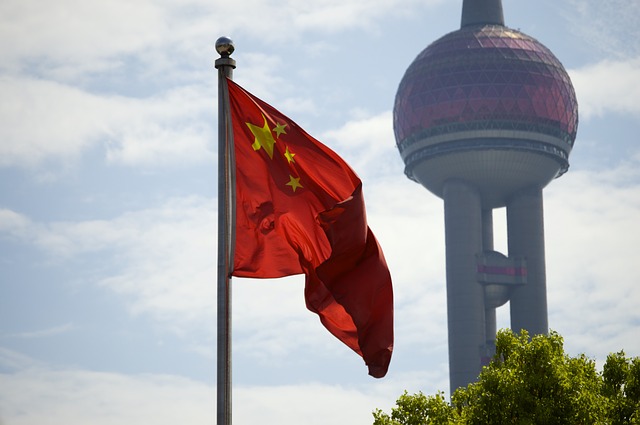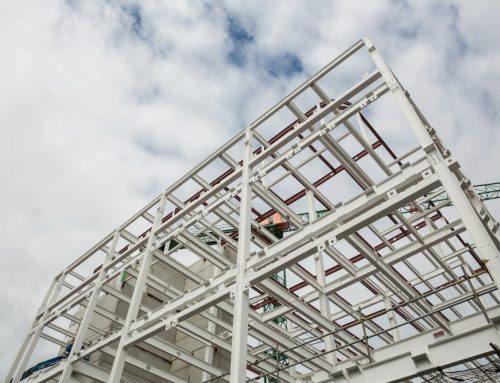November 4, 2022
Chinese manufacturing business conditions deteriorated in October as COVID-19 containment measures weighed on both output and demand. That said, the decline was only marginal overall and weaker than in September. Although levels of both production and new business fell during October, rates of decline eased. The latest survey data highlighted companies’ continued efforts to stimulate sales as output charges were reduced for a sixth month in a row. This came despite a renewed increase in operating costs, with panel comments suggesting this was primarily due to higher international prices for raw materials. Meanwhile, business confidence edged slightly higher during October.
The headline seasonally adjusted Purchasing Managers’ Index™ (PMI™) – a composite indicator designed to provide a single-figure snapshot of operating conditions in the manufacturing economy – posted below the 50.0 no-change mark in October to signal a third successive deterioration in manufacturing sector conditions across China. However at 49.2, this was up from 48.1 in September and indicative of only a marginal decline. Further declines in both output and new orders were seen at the start of the fourth quarter, with COVID-19 a principal factor behind lower client demand and disrupted factory operations. Nevertheless, decreases were only mild and slowed in both cases. All three monitored sub-sectors registered lower production and new orders in October. Intermediate goods makers registered the weakest reductions.
October survey data signalled another drop in new business from external markets. Slowing economic conditions abroad was noted as a factor, although some companies also experienced challenges in transporting goods overseas. Indeed, supplier delivery times lengthened again at the start of the fourth quarter. Limited vendor production capacity and shortages were linked to delivery delays.
Chinese manufacturers raised their purchasing activity in October, marking the first such increase since July. Where higher input buying was registered, this was linked to stock-building efforts. Similarly, pre-production inventories rose for the first time in three months during the latest survey period. Some companies reportedly secured inputs ahead of new product launches.
Elsewhere, there were continued signs of spare capacit y at Chinese manufacturers as backlogs of work fell for the fourth time in five months. Some companies cited a build-up of incomplete orders due to COVID-19 disruption, although this was more than offset by the other businesses that were able to clear pending work on their order books.
Efficiency gains also led some Chinese factories to reduce their workforce numbers in October. Survey respondents reportedly lowered their headcounts due to the automation of some processes across the production line. Overall manufacturing employment has now fallen for seven months in a row. Meanwhile, selling prices were reduced for a sixth successive month in October. According to firms, output charges were reduced in a bid to stimulate sales and improve competitiveness. Discounting came despite a renewed uptick in operating costs.
There was an improvement in business optimism during October, which recovered slightly from September’s 34-month low. Capacity expansion and new product launches were expected to support growth over the coming year.
Source: PMI S&P GLOBAL
Legal Notice: The information in this article is intended for information purposes only. It is not intended for professional information purposes specific to a person or an institution. Every institution has different requirements because of its own circumstances even though they bear a resemblance to each other. Consequently, it is your interest to consult on an expert before taking a decision based on information stated in this article and putting into practice. Neither Karen Audit nor related person or institutions are not responsible for any damages or losses that might occur in consequence of the use of the information in this article by private or formal, real or legal person and institutions.






